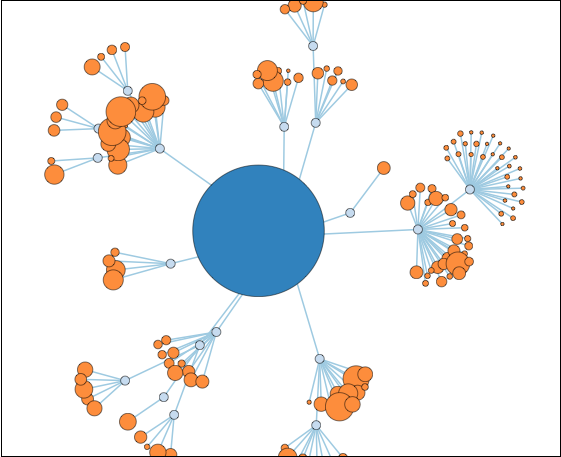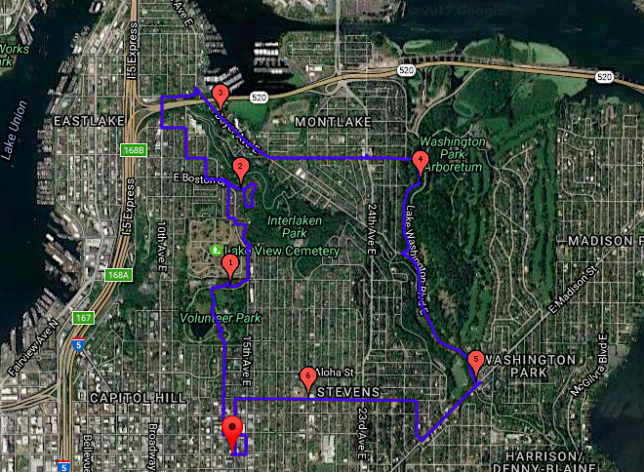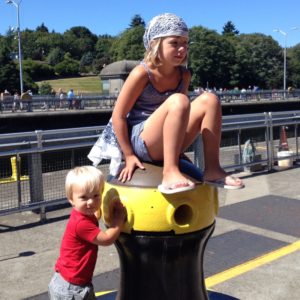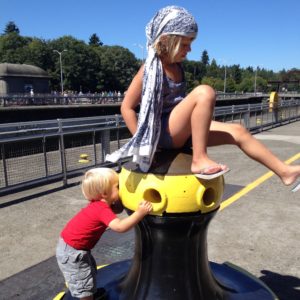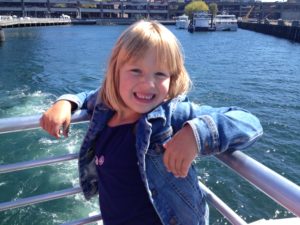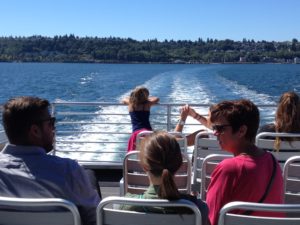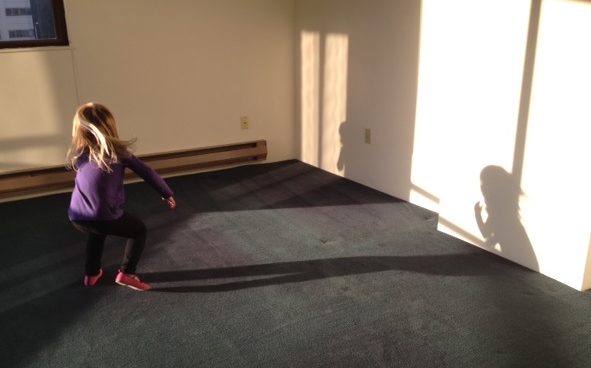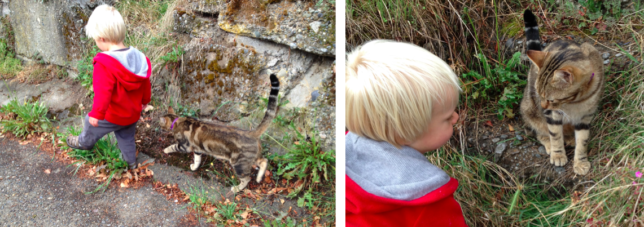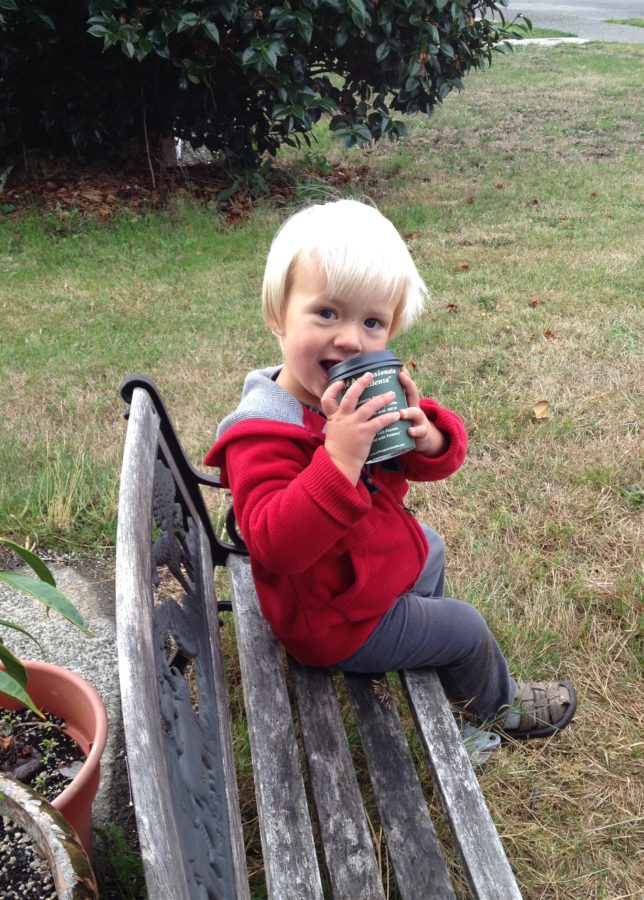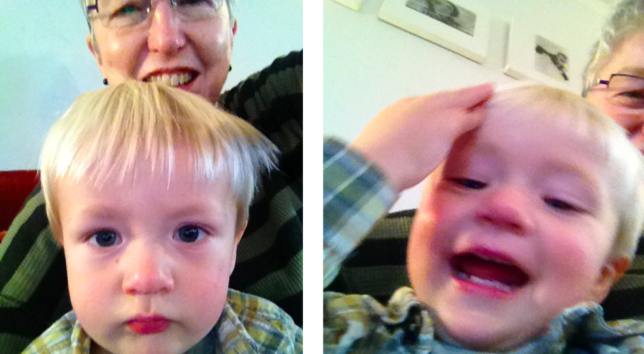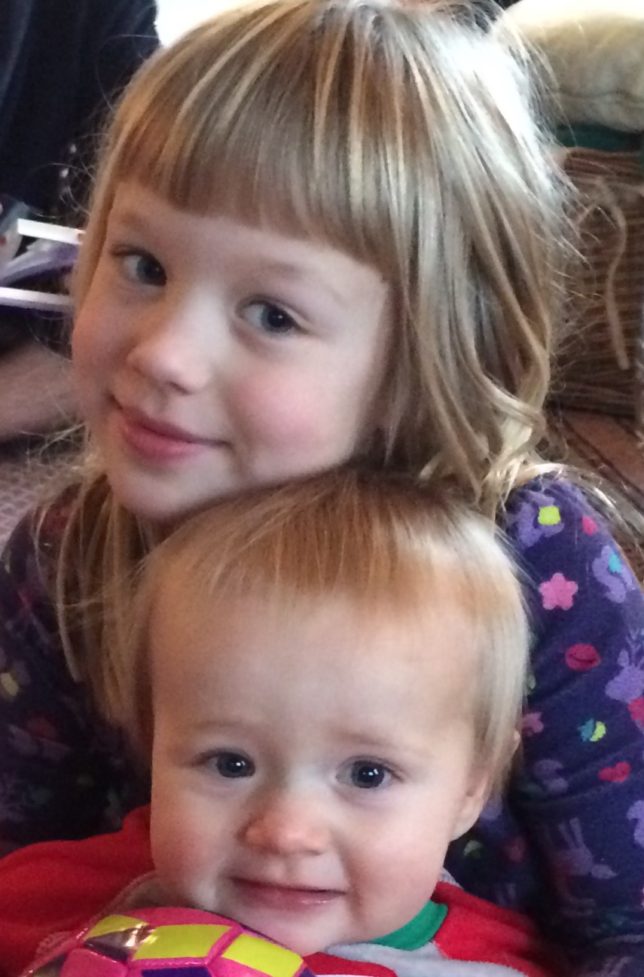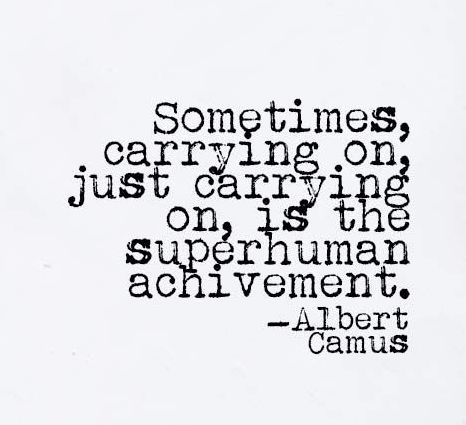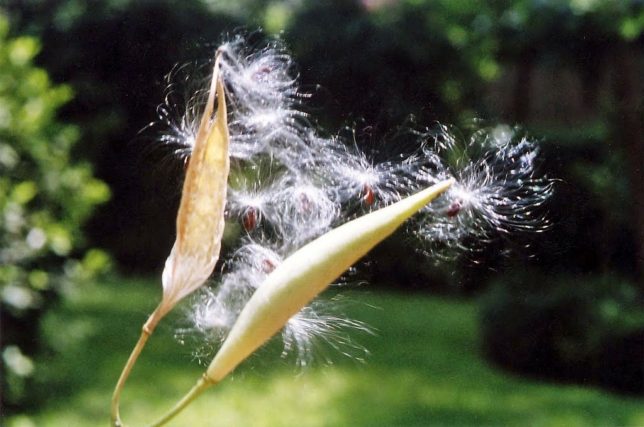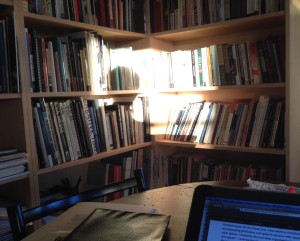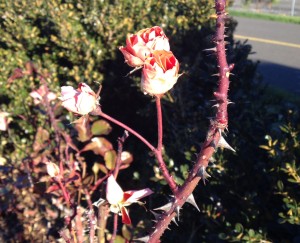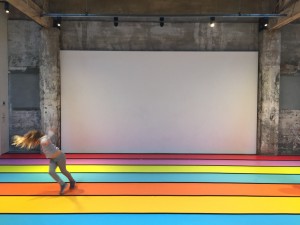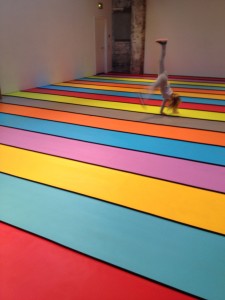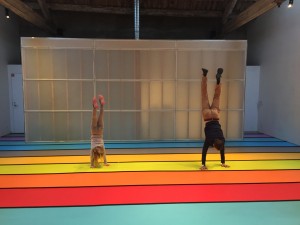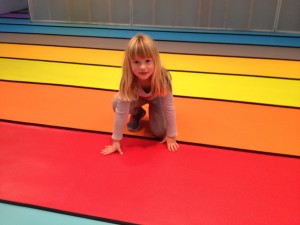“You celebrated your birthday by telling your friends about a close call with death decades ago? Really?”
This was what I heard when I told a friend about an email message I wrote six years ago. Actually, the message is one I’ve saved and occasionally send to someone new when it seems helpful. It’s not my birthday today, but I’m reminded of the message because I’ve just sent it out again.
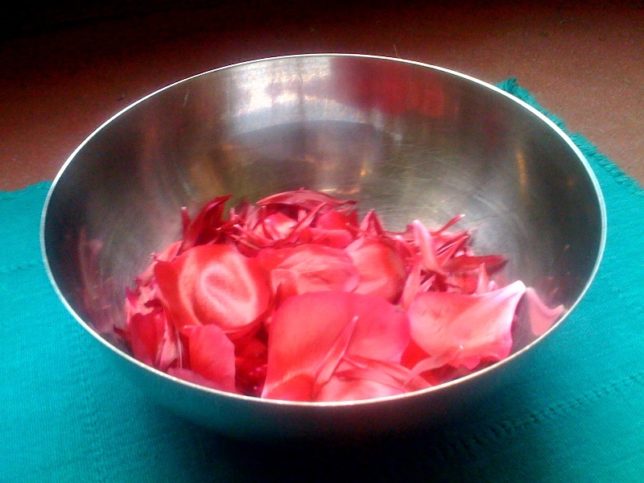
From: Anne Focke
Date:
May 6, 2011 12:09:03 PM PDT
Subject: Birthday musing
Birthdays have a way of reminding us of all the people we want to fold in and hold close. I know it’s a little unusual to send greetings to other people on one’s own birthday, but I thought I’d break tradition this time. Since you’re all scattered hither and thither, I’m grateful for electronic tools that allow me to at least throw a virtual loop around you all. I’m so lucky you’re all in my life. A few lines from Denise Levertov’s poem, “Complaint and Rejoinder,” say it well:
…you want to place all of it—
people, places, their tones, atmospheres,
everything shared uniquely with each—
into a single bowl, like petals, like sand
in a pail.…
Today I’m taking time to celebrate the simple joy of being alive, visiting gardens and seeing friends. It’s a cool, overcast Seattle day, crisp and gorgeous in its own way . . . and getting brighter at this point.
My celebration was given perspective by an email I opened this morning. It reminded me how close I came, at one point, to not being here for my day today. The video, “Dear 16-year-old-me,” is all about a cancer I had almost 40 years ago.
The melanoma (superficial, spreading, malignant) appeared on my back and looked like a mole gone a little crazy. There wasn’t chemotherapy back then; they just cut it out. Somewhere I have a little artist book I made about it. I called it “Healing.” The big scar that remains on my back and the pale stripes on my right thigh remind me how lucky I am to be here now. The video suggests sending the link to every 16-year-old I know, and I realized I don’t know many, but I could send it to family and friends who might have kids or grandkids who would. So I send it to you.
It’s an odd birthday greeting, I know, but it’s really about being alive!
Love to you all,
Anne
![]()
